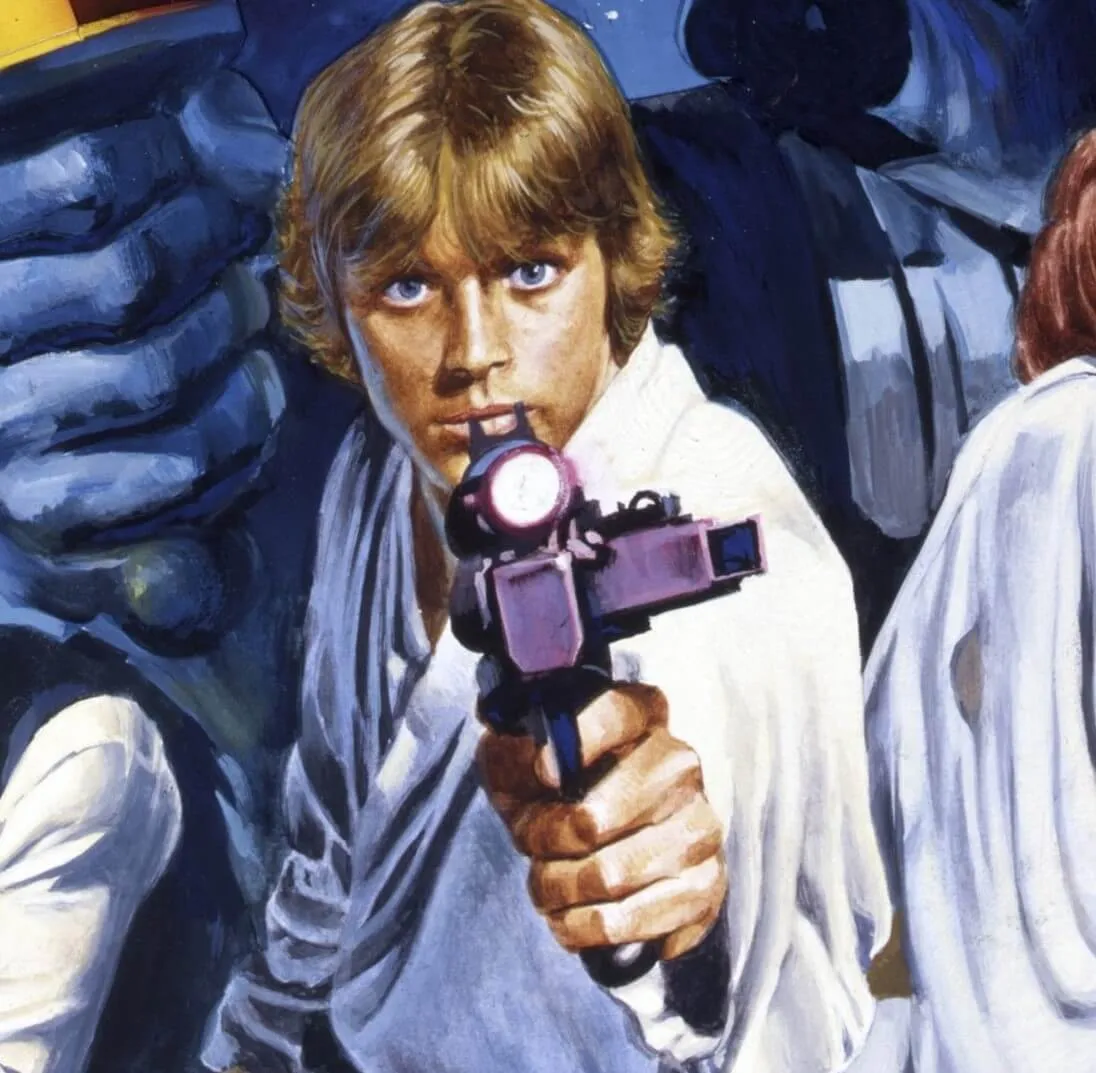
5 Religions From Movies That Don’t Really Exist
Every major religion has inspired classic movies. On the other hand, Star Wars and other classic films took things a step further by inventing religions of their own. Some of these phony faiths were more true to life than others.
5. The Jedi from ‘Star Wars’
The Jedi are the most famous fictional religionists. They follow a faith that combines elements of two real-world Eastern religions: Taoism and Buddhism. The Jedi believe in a light-dark dualism reminiscent of yin and yang, the most famous concept in Taoism. In addition, they seek to cut themselves off from worldly attachments, as many Buddhists do.
The Star Wars films, especially the prequels, are also awash in Christian imagery. They include the devilish Darth Maul, the hellish planet Mustafar, a virgin birth, and a focus on redemption. However, the Jedi don’t seem to have any Christian elements in their theology.
4. The cult from ‘Children of the Corn’
Children of the Corn is a 1984 horror film based on the Stephen King story of the same name. Cultural clashes over religion are always a problem, but they were especially prevalent in the 1980s because of the Satanic panic, the effects of the Iranian Revolution, and other issues. The grim view of faith in Children of the Corn was likely the result of these factors.
The titular children follow a pseudo-Christianity focused on committing sacrifices to a god who hides behind the rows of corn in their small Iowa town. The film has some creepy moments, but mostly, it’s just silly.
3. Witchcraft in ‘Harry Potter’
There are real religions that incorporate witchcraft, the most famous being Wicca. Despite this, witchcraft in Harry Potter is divorced from any actual form of witchcraft. Practicing witches use witchcraft to get closer to gods — often gods from ancient pagan pantheons.
In Harry Potter, there’s no Zeus or Odin. Hermione Granger and Ron Weasley learn how to perform spells without ever attempting to commune with the divine. Witchcraft in Harry Potter might as well be a trade. Of course, the Harry Potter franchise ruffled many feathers. If it actually represented witchcraft, the vitriol directed at it might have been stronger.
2. Satanism in ‘Rosemary’s Baby’
Anton LaVey founded the Church of Satan in 1966. While its name arguably suggests otherwise, the Church of Satan teaches that there is no devil. Members use Beelzebub as a symbol for their anti-Christian stance. LaVeyan Satanism is atheistic and promotes an ethic of self-actualization based on Ayn Rand’s philosophy.
Ira Levin released his novel Rosemary’s Baby in 1967, the year after LaVey started the Church of Satan. The Satanists in the book and its film adaptation have little in common with their LaVeyan counterparts, as they believe the devil is real. Rosemary’s Baby may have contributed to more misconceptions about Satanism than any other movie.
1. The bomb cult in ‘Beneath the Planet of the Apes’
The Planet of the Apes movies got pretty silly. The first sequel to the classic original, Beneath the Planet of the Apes, revolves around a cult that worships a bomb. If that sounds like a bad idea for a movie, that’s because it is.
The first Planet of the Apes was brilliant in its satire of creation science. Beneath the Planet of the Apes doesn’t have much to say about religion or anything else. This film is strictly for lovers of B-movies and Charlton Heston completionists.


